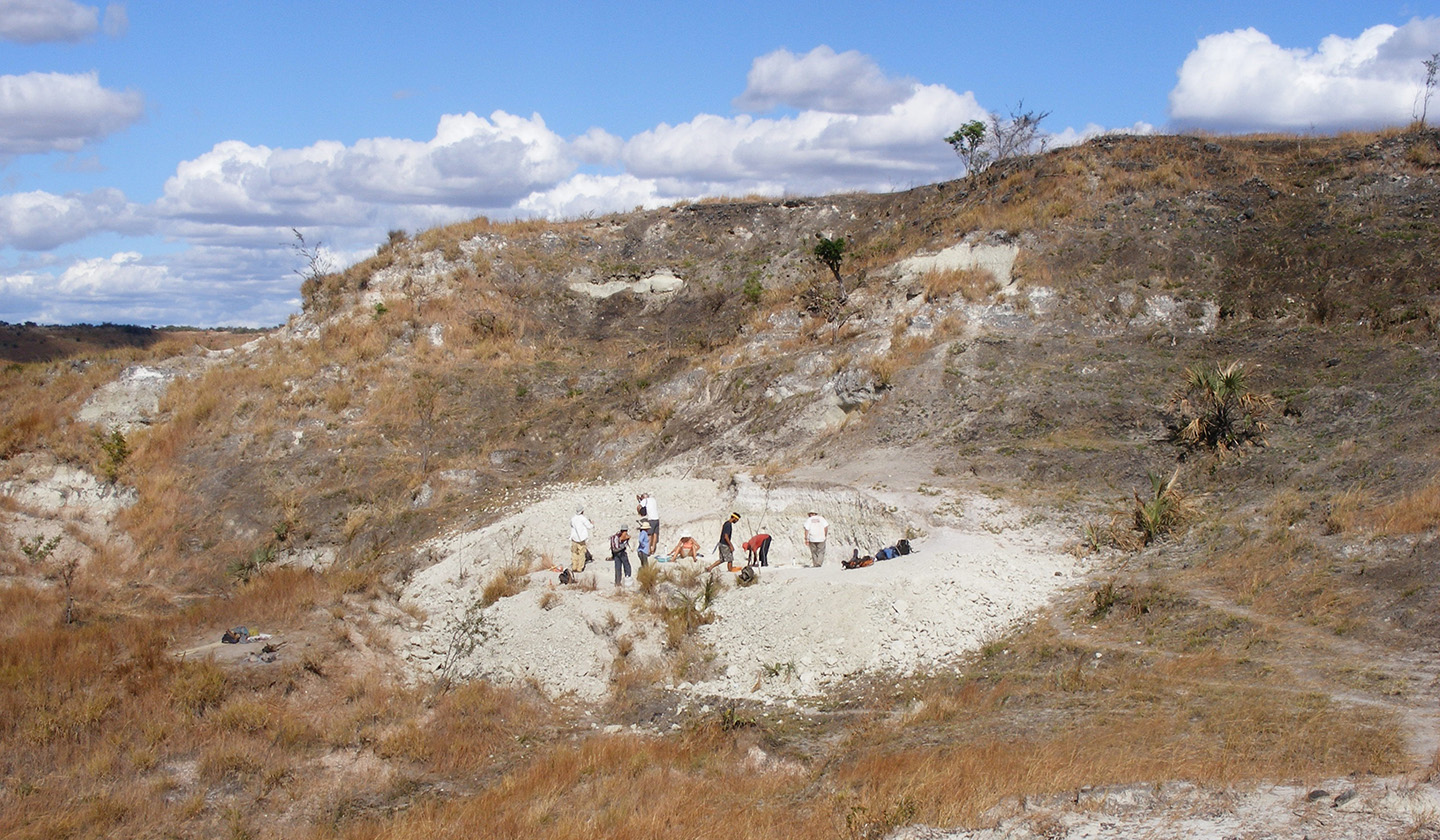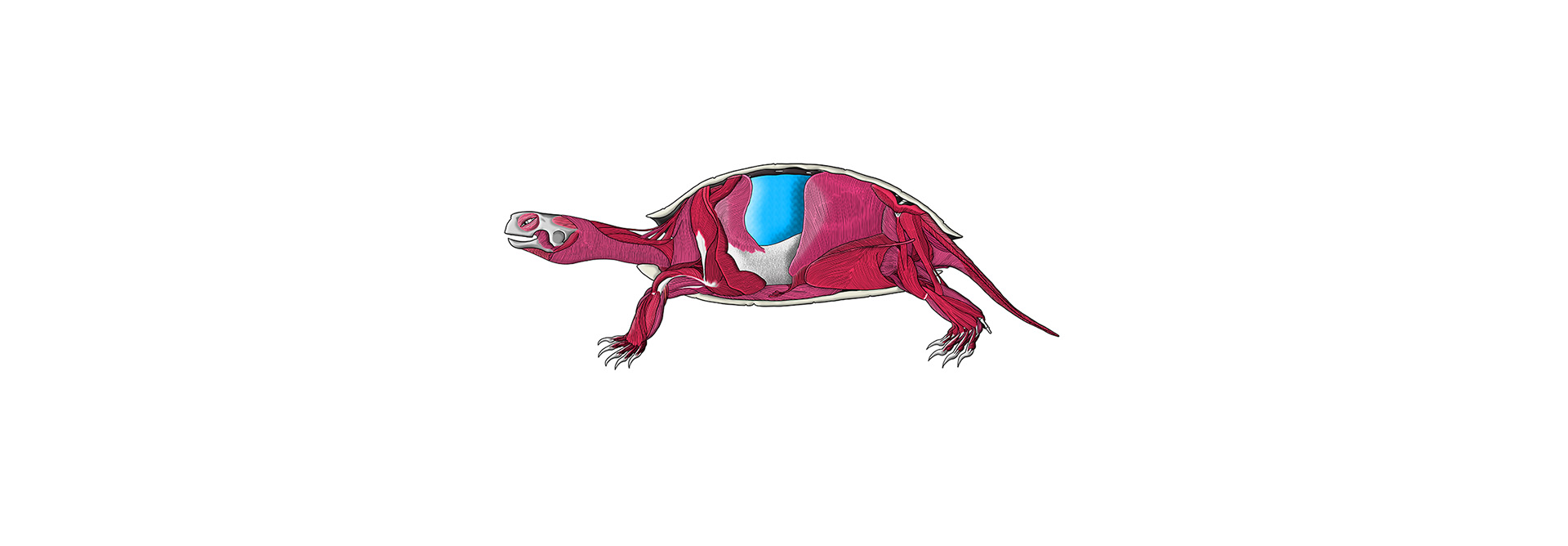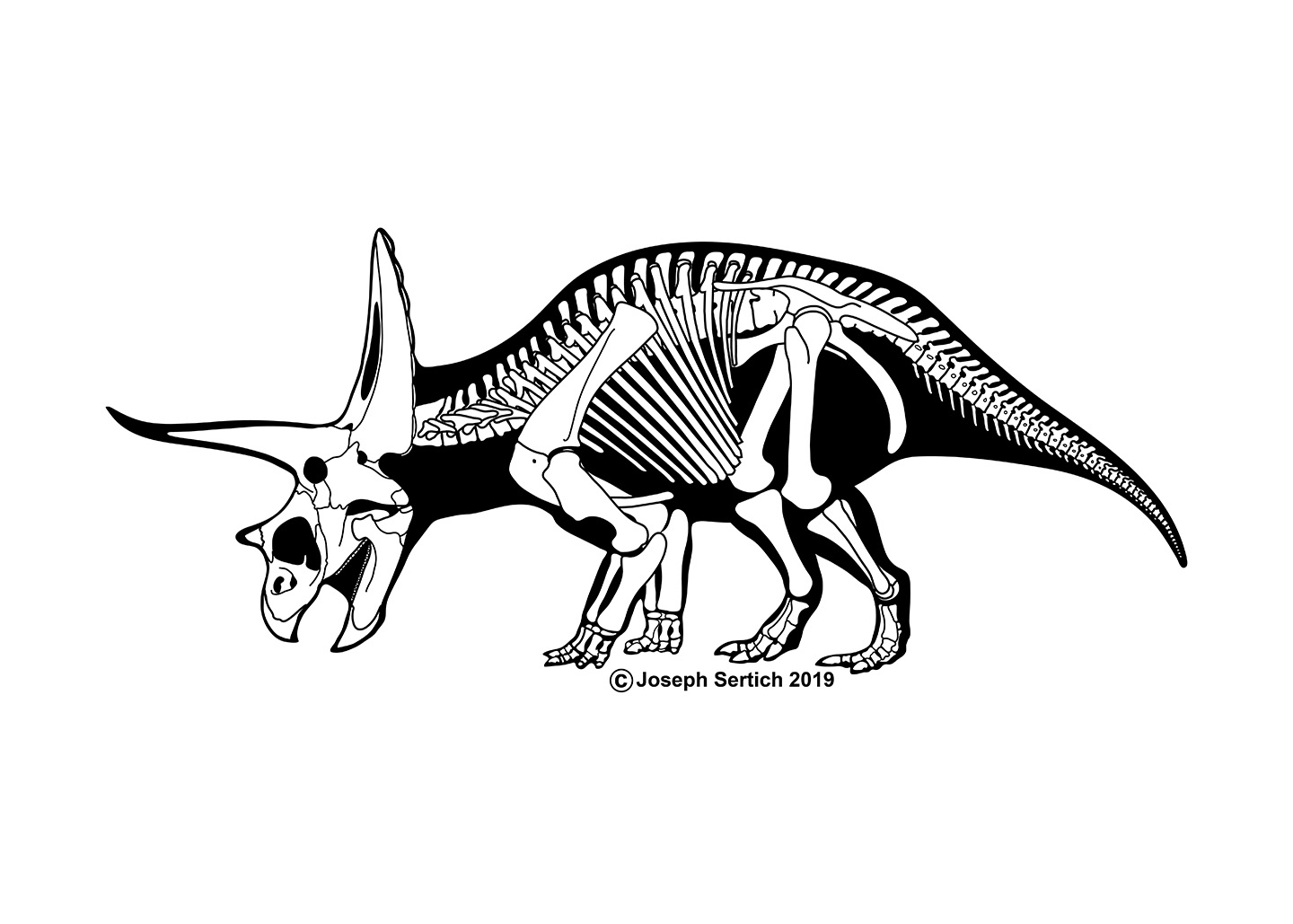Growing up in Chicagoland, Natalie Toth developed a strong love for natural history museums, which ultimately led to her pursuit of a career in the geosciences. At the Museum, she works alongside a remarkable team of volunteers in the earth sciences labs to collect and prepare fossils from around the world. Natalie has been fortunate to participate in numerous excursions for vertebrate fossils across the Rocky Mountain West and has the opportunity to support the groundbreaking research interests of the Museum’s curatorial staff.
Learn more about the Earth Sciences Labs.
Women in Science
A Conversation with Natalie Toth
The Denver Museum of Nature & Science (DMNS) is home to many amazing Women in Science. From anthropology to food services, guest services, leadership and much more, these individuals help the Museum and its guests learn, grow and get excited about science!
Natalie Toth, MS. Natalie is the Chief Preparator at the Museum. In this role, she works alongside a remarkable team of volunteers in the earth sciences labs to collect and prepare fossils from around the world. Natalie has participated in numerous excursions for vertebrate fossils across the Rocky Mountain West and has the opportunity to support the groundbreaking research interests of the Museum’s curatorial staff.
We spoke with Natalie to learn more about her work, career and her experience as a woman in science. Her answers are below. Click through to learn more about Natalie’s work at the Paleontology and Geology Prep labs.
What is your role at the museum?
I oversee the Earth Sciences Labs at DMNS and help support our incredible curator-driven research program. My official title is Chief Preparator.
How long have you worked here?
I've worked here for 4.5 years.
Can you explain your day-to-day job?
My job has two components – managing in the Earth Sciences Labs and supporting our department’s fieldwork across the American West. Off-and-on from April–October, I work in the field alongside curators, interns and volunteers to excavate vertebrate fossils and safely bring them back to the museum. When it’s too snowy and cold to do fieldwork, I work in the lab to repair and stabilize vertebrate fossils that are ultimately used for research, education and exhibition.
What has your career path been like leading up to this job?
My career started as a hybrid of science communication and fossil preparation. I love teaching folks of all ages about paleontology, and when I learned that being a preparator allows you to share your passion for fossils with volunteers, interns and the public while simultaneously contributing to major research goals, it was the best of all worlds!
What is your favorite part of your work?
The best part of my job is the fieldwork. There is no feeling that compares to the sense of excitement you feel when uncovering a fossil for the first time. Being “off-the-grid” and completely surrounded by rock from the Age of the Dinosaurs is an experience unlike any other (and everyone should try it).
What is the most challenging part?
The most challenging part of my work can be field logistics and problem-solving. It can be tricky finding creative solutions to questions like: how do we safely remove a 2,000lb dinosaur skull from the back country of Utah and bring it back to DMNS? The answer: a helicopter!
What made you want to go into this type of work?
I have always loved nature. As a child, I would collect insects, sticks, rocks, etc., and spent time outside exploring in my neighborhood. In college, I pursued a degree in geology and learned you can have a science career working in the outdoors, which ultimately led me to paleontology.
Have you had any unique challenges as a woman in science?
Geosciences are one of the most male-dominated STEM fields today. There have been many times when I’ve joined field crews or worked in labs and been the only female on site. I remember walking the halls at the annual vertebrate paleontology conference as a college student and noting just how few women were in attendance, and even fewer were presenting their research to their peers.
Things are changing, albeit slowly, but I have seen a shift toward more women participating in fieldwork and sharing their research at conferences. That being said, there is still a boatload of work to do to encourage and support young women in all STEM fields.
What advice would you give to kids of any gender, who want to be you when they grow up?
Continue to be curious and explore the natural world, even into adulthood. You are surrounded by incredible nature and science every day in your own backyard—make observations, ask questions, and discover something new.
Tour of the Paleo Prep Lab
Join chief preparator Natalie Toth and earth sciences preparator Salvador Bastien for a behind-the-scenes look at the tools and techniques used to get a fossil ready for research and exhibition!












